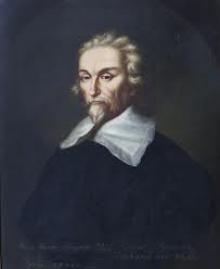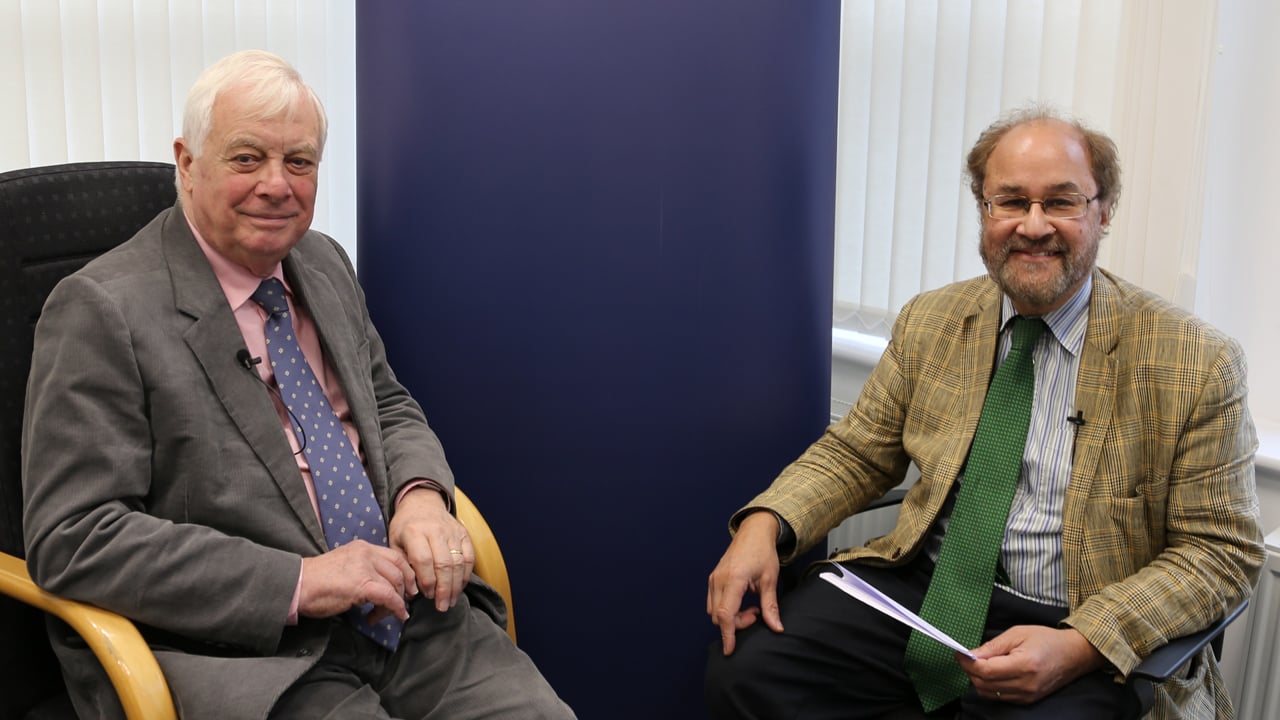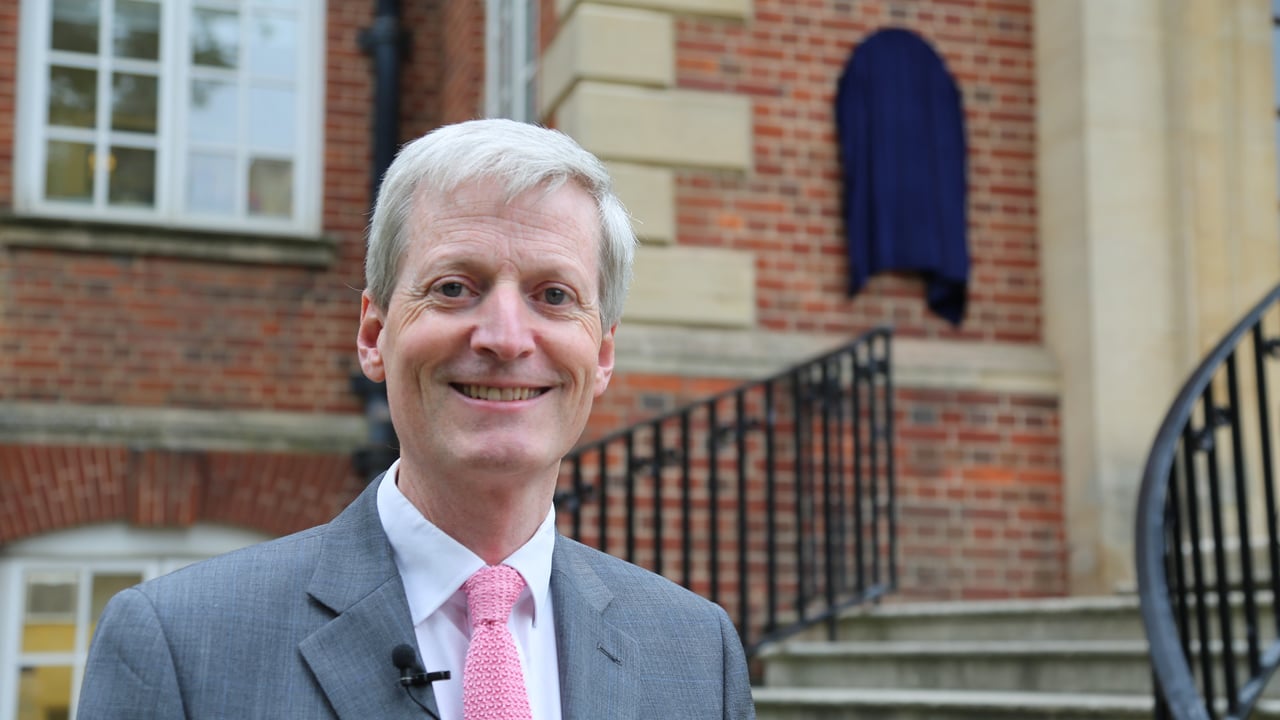
Portrait of William Harvey in Merton College, Oxford.
To view the videos: PART 1 PART 2 PART 3
Often our ‘gut instinct’ is to take a particular course of action but our ‘rational mind says no’, and often in hindsight we wish we had followed our ‘gut instinct’. The heart figures prominently in our cultural expression of emotions. It is in our poetry and our literature. But is there a physiological explanation for this? Can the heart once again be centre-stage of our feelings? Do we really have ‘gut’ instincts? In a three-part series of videos Professor David Paterson, Associate Head of Medical Sciences at Oxford University, explores with Denis Noble a paradigm shift in the way we think about our heart and brain and the intimate neural connections between the two.
Appropriately the filming is at Merton College where, as a result of the 17th Century English Civil War, William Harvey was briefly Warden. Harvey revolutionised our understanding of how the body works by describing the role of the heart as a pump, a mechanical device for circulating the blood round the body. His seminal work contributed over centuries to a “decoupling” of brain and heart, and of the heart from our concept of mind. But as David Paterson explains the heart is “physically hard-wired by the nervous system”. It has a nervous network involved in its excitability. The heart and brain are not “isolated islands”.
Understanding what these connections between brain and heart do is one of the big challenges for the 21st Century. . Reductionism has driven science historically. We have “been very good at breaking things down” into organs, cells, molecules, but “the challenge now is to bring those parts back together, to reassemble them.” The potential for interdisciplinary work is “one of Oxford’s greatest strengths” but it is still “poorly tapped”. It is a challenge, Professor Paterson says Oxford University is well placed to address with opportunities for multidisciplinary interaction between sciences and the humanities and also with international collaboration.
Ray Noble 14th January 2013
To go to Ray Noble’s blog site: http://www.thinendofwedge.com/



